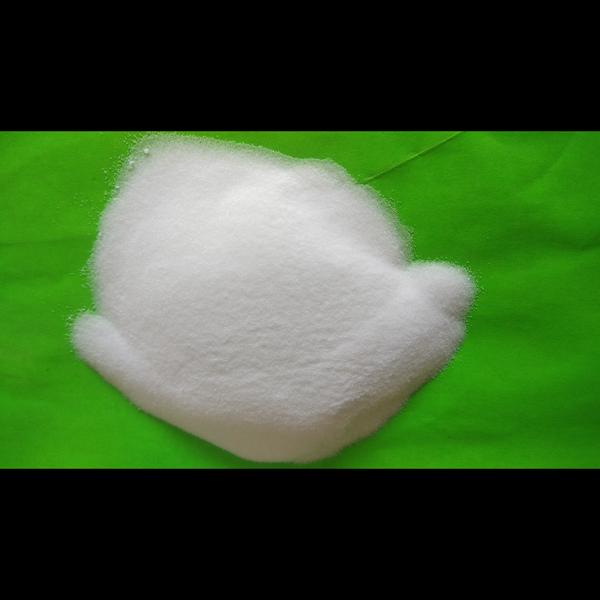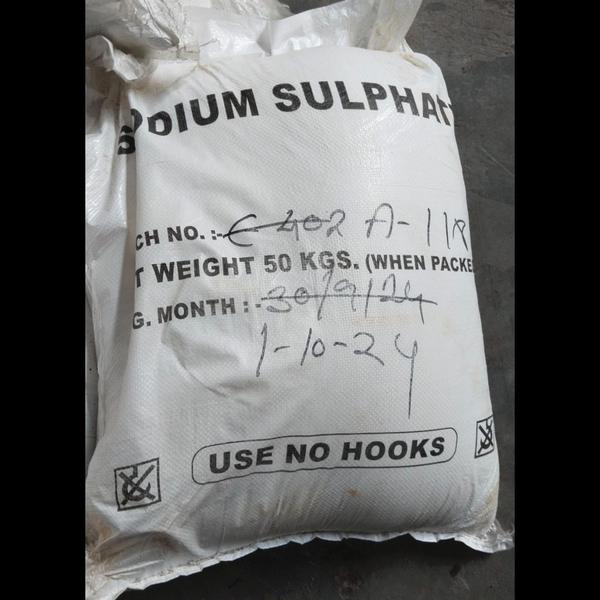⚠️ 1. Sodium Nitrate – [NaNO₃]
❌ Negative Effects:
✅ Environmental:
Eutrophication of water bodies:
Runoff from farms can lead to algal blooms, choking aquatic life.
High nitrate levels in groundwater → non-potable water (affects rural areas).
✅ Health Risks:
In food: Excess consumption is linked to:
Methemoglobinemia in infants (“blue baby syndrome”)
Formation of nitrosamines, a possible carcinogen
✅ Regulatory:
Strict limits by FSSAI (India) and WHO on food-grade sodium nitrate.
Exporters must comply with Codex Alimentarius, REACH (EU), and US FDA norms.
⚠️ 2. Lead Nitrate – [Pb(NO₃)₂]
❌ Negative Effects:
✅ Environmental:
Highly toxic heavy metal — contaminates soil and water
Bioaccumulates in ecosystems
✅ Health Risks:
Lead poisoning: Affects nervous system, kidneys, and reproductive health
Occupational exposure risk in workers during handling
✅ Regulatory:
Banned or restricted in many applications under RoHS, REACH, and EPA (USA)
In India: Usage restricted to licensed industries (BIS/Drug/Defense standards)
Disposal governed by Hazardous Waste Management Rules, CPCB
💡 Businesses dealing in lead nitrate must maintain MSDS, PPE training, and obtain environmental clearances.
⚠️ 3. Ammonium Nitrate – [NH₄NO₃]
❌ Negative Effects:
✅ Environmental:
Highly water-soluble – easily contaminates groundwater
Promotes algal blooms and nitrate pollution
✅ Health & Safety:
Highly explosive under improper storage
Major incidents: Beirut Explosion (2020), Texas City Disaster (1947)
Sensitive to heat, friction, and contamination with fuels
✅ Regulatory:
Classified as "Explosive Precursor" under Indian Explosives Act
Handled only by licensed dealers; special storage rules (away from fuel, fire, direct sunlight)
International shipping regulated under IMO Class 5.1 Oxidizer
🚫 Misuse for terrorism (used in IEDs) has led to tighter controls in many countries.
⚠️ 4. Guanidine Nitrate – [CH₆N₄O₃]
❌ Negative Effects:
✅ Environmental:
Toxic to aquatic organisms
Limited biodegradability
✅ Health & Safety:
Thermally unstable — can decompose explosively at high temperatures
Irritant to eyes, skin, and respiratory system
✅ Regulatory:
Under UN Class 1.1D Explosives
In India, only sold to defense, aerospace, and licensed labs
Export/Import needs DGFT clearance & end-use declaration
🌍 GLOBAL MARKET PERSPECTIVE
Issue India Global Market (EU/USA)
Environmental concerns Groundwater & soil safety Strict EPA, REACH norms for discharge
Food-grade safety FSSAI guidelines WHO, FAO Codex, US FDA
Explosive risks Controlled by PESO US ATF & Homeland Security, EU Explosives Act
Chemical handling rules CPCB & MoEF OSHA, REACH, Globally Harmonized System (GHS)
Export regulations DGFT, Customs Dual-use export restrictions under Wassenaar
✅ How Laxmi Enterprise Can Stay Ahead:
Always share Material Safety Data Sheets (MSDS)
Highlight compliance certifications: ISO, BIS, GMP, GHS, REACH
Offer eco-friendly packaging & safe transport partnerships
Build a "Responsible Chemistry" brand that ensures safety, transparency, and traceability
Would you like me to help you write regulatory-compliant safety disclaimers or MSDS summaries for these products for your website/catalog?
Or should we build a marketing tagline around “Safe Supply of High-Energy Nitrates – Backed by Compliance”?
Keywords
lead nitrate
safe supply
marketing tagline
msds summaries
stay ahead
laxmi enterprise
fao codex
defense aerospace
eyes skin
decompose explosively
tighter controls
explosive precursor
heat friction
epa usa
rohs reach
fssai india
water bioaccumulates
india usage restricted
water bodies runoff
highenergy nitrates backed
ensures safety transparency
responsible chemistry brand
licensed labs exportimport
class 11d explosives
respiratory system regulatory
high temperatures irritant
fuels regulatory classified
handling regulatory banned
food excess consumption



